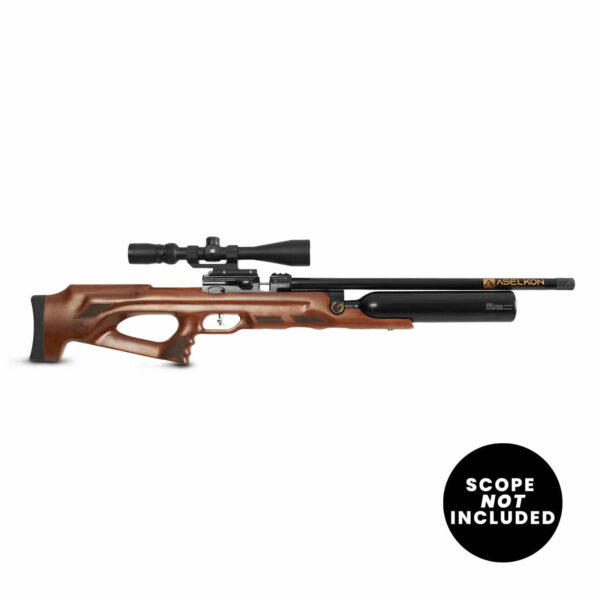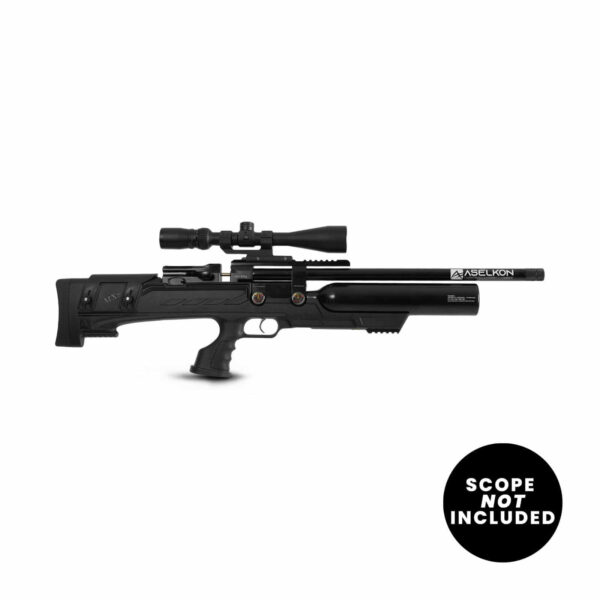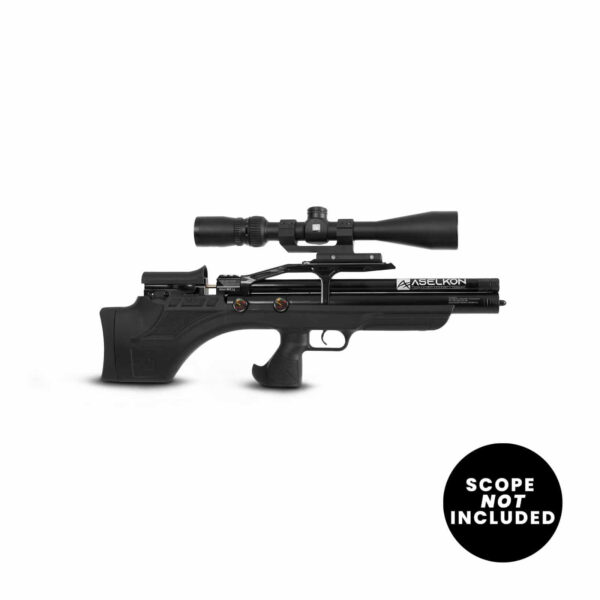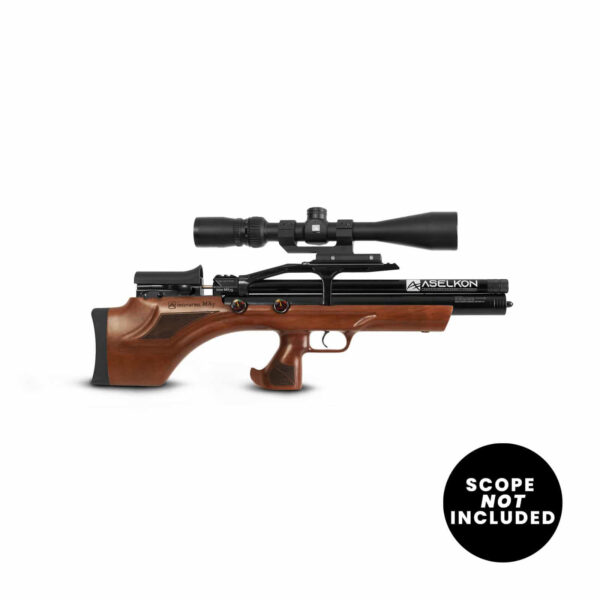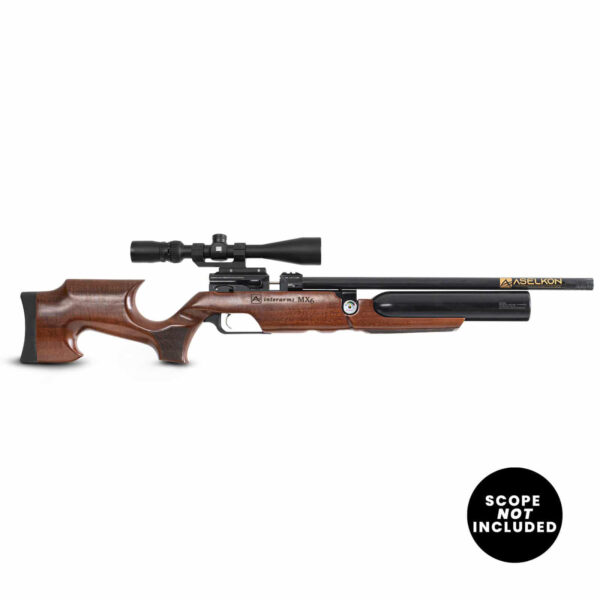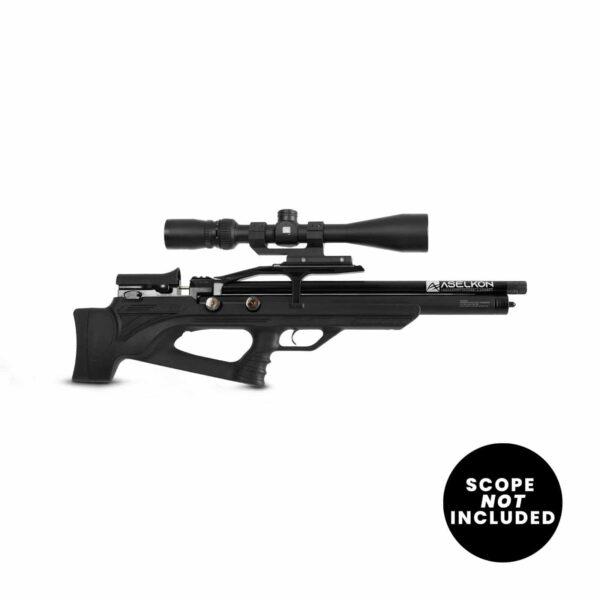In recent years, air rifles have gained significant attention as potential tools for handling unwanted pests. With advancements in technology and design, coupled with an increasing emphasis on environmental sustainability and ethical pest management, there is a growing debate about whether air rifles could be the future of pest control.
The Rise of Air Rifles in Pest Control
Traditionally, pest control has relied on traps, poisons, and firearms. While these methods have been effective to some extent, they often present challenges related to safety, environmental impact, and ethical considerations. Air rifles, on the other hand, offer a compelling alternative that addresses many of these concerns.
Advantages of Air Rifles for Pest Control
One of the primary advantages of air guns for pest control is their precision and low impact. Unlike traditional firearms, air rifles produce minimal noise and recoil, making them suitable for use in urban and suburban environments without causing undue disturbance to residents. Low noise is especially important when dealing with pests in residential areas or near livestock, where a quiet and discreet approach is essential.
Another significant advantage of air rifles is their improved safety profile compared to conventional firearms. With lower muzzle energy and lower projectile velocities, air guns pose reduced risks of accidental ricochets and over-penetration, mitigating the potential for collateral damage or injury to unintended targets. This makes them a safer option for pest control professionals and DIY enthusiasts. The precise nature of air rifles reduces the likelihood of indiscriminate harm to wildlife, pets, or beneficial organisms that may be inadvertently affected by other pest control methods.
Environmental sustainability is also a key consideration in the growing interest for pest control. Most airguns typically utilize lead pellets, which are more environmentally friendly than chemical pesticides and rodenticides that pose risks to non-target species and ecosystems.
Practical Considerations and Limitations
While the potential advantages of air guns for pest control are compelling, it’s important to acknowledge certain practical considerations and limitations. For instance, the effective range and stopping power of air rifles, especially in lower calibers, may be insufficient for larger pests or at extended distances. However, advancements in air rifle technology, including higher-powered modelsand innovative ammunition designs, are continually expanding the capabilities of these firearms in pest management applications.
Regulatory and Legal Framework
The use of air rifles for any application is subject to specific regulations and legal considerations, which vary by jurisdiction. Individuals and pest control professionals must adhere to all laws and regulations regarding air rifles, including permitted shooting locations, hunting seasons, and licensing requirements.
Ethical considerations should also guide the responsible and humane use of air rifles in the elimination of pests, ensuring that best practices are maintained to minimize suffering and promote ethical pest management.
The Future Outlook
As awareness of environmental impact and ethical pest management grows, air rifles are positioned to play a more prominent role in pest control strategies. Their combination of precision, quiet operation, and improved safety aligns with contemporary values and priorities in the handling of pests. Continued technological advancements and a focus on integrating air rifles into comprehensive pest control programs could further solidify their status as innovative tools for addressing pest-related challenges.
AirFire Tactical has many different air rifles that are the right size and caliber for responsible pest management.
While air-powered rifles may not entirely supplant traditional pest control methods, their unique advantages offer compelling reasons to consider their role in the future of pest management. By combining precision, safety, and sustainability, air rifles present a contemporary and ethical approach to addressing pest issues in various settings. With careful consideration of practical, legal, and ethical factors, air rifles hold the potential to transform the landscape of pest control and contribute to more responsible and effective pest management practices.


